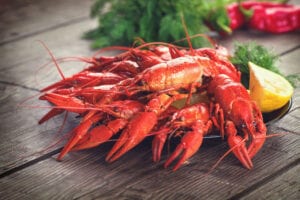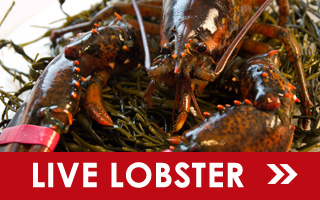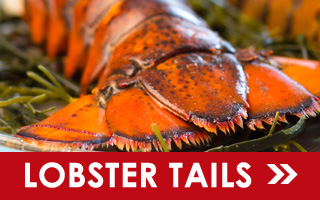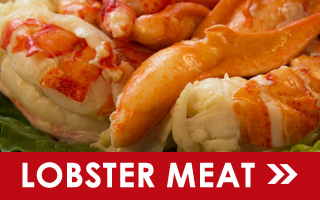Not all lobster is created equal. Some enjoy swimming in the brisk, cold waters of Maine; others, meanwhile, will be found riding the warm waves of the Southern Hemisphere. However, the differences between warm-water and cold-water lobster include more than just where they live—it also includes their looks and tastes.
Warm-Water Lobster
Warm-water lobsters reside in warmer areas of the globe. This includes Florida, California, the Caribbean, and the South Pacific. They are spiny and colorful, with small spikes pointing out of their shells. They also have no claws, instead using their arms to feed themselves.
With no claws, the only edible section of a warm-water lobster is the tail. The meat is typically softer than their cold-water brethren, but their price is lower.
Cold-Water Lobster
Cold-water lobsters live much farther north, typically off the shores of Maine and Canada (though some can be found as far south as the Carolinas). They’re larger than warm-water lobsters with the characteristic claws that we associate with most lobsters. They also have smooth shells and are less colorful than their warm-water brethren.
Thanks to the freezing temperatures, the meat in cold-water lobster is much firmer and becomes tender when cooked. It’s the flavor, though, that makes cold-water lobsters so popular, adding a touch of sweetness with only subtle fish tastes. These factors make for a higher price point, but the extra meat and flavor are worth the price tag.
If you’re looking for delicious, cold-water lobster, then you’ve come to the right place. Cape Porpoise Lobster Co. has plenty of fresh Maine lobster meat for you to choose from. Contact us today for more information!





